Reportar esta entrada
Más sobre la misma comunidad-colección
Catedral de St. Patrick's - 1930
Saint Patrick's Cathedral - Corpus Christi Procession - El Paso ...
Jennifer Han y Olivia Gerula Lucha por el título - 2017
Jennifer Han is still the World Champion - after her title fight ...
Jennifer Han y Olivia Gerula Lucha por el título - 2017
Before Jennifer Han and Olivia Gerula's Title Fight - Mariachi ...
Louie Burke y Jennifer Han Lucha por el título - 2017
Louie Burke who is Jennifer Han's trainer - after Jennifer's ...
Louie Burke y Jennifer Han Lucha por el título - 2017
Louie Burke who is Jennifer Han's trainer - after Jennifer's ...
Louie Burke y Jennifer Han - 2017
Louie Burke and Jennifer Han after her title fight with Olivia ...
Jennifer Han y Olivia Gerula Lucha por el título - 2017
Jennifer Han and Olivia Gerula during their title fight at the ...
Jennifer Han y Olivia Gerula Lucha por el título - 2017
Jennifer Han & Olivia Gerula Title Fight - El Paso, Texas
Union Pacific Railroad Foundation (Fundación del Ferrocarril Unión Pacífico) - 2016
The DIGIE translation project. Representatives from Union ...
Jennifer Han y Liliana Martínez Lucha por el título - 2016
Liliana Martinez during the weigh - in --downtown El Paso, ...
Jennifer Han y Liliana Martínez Lucha por el título - 2016
Liliana Martinez during the weigh - in --downtown El Paso, ...
Jennifer Han y Liliana Martínez Lucha por el título - 2016
Liliana Martinez during the weigh - in --downtown El Paso, ...
Jennifer Han y Liliana Martínez Lucha por el título - 2016
Jennifer Han at the weigh - in - downtown El Paso, Texas. Weigh ...
Jennifer Han y Liliana Martínez Lucha por el título - 2016
Jennifer Han at the weigh - in - downtown El Paso, Texas. Weigh ...
Jennifer Han y Liliana Martínez Lucha por el título - 2016
Jennifer Han at the weigh - in - downtown El Paso, Texas. Weigh ...
Jennifer Han y Liliana Martínez Lucha por el título - 2016
Jennifer Han & Liliana Martinez Title Fight - 2016 Weigh - in ...
Jennifer Han y Liliana Martínez Lucha por el título - 2016
Jennifer Han & Liliana Martinez Title Fight - 2016 Weigh - in ...
Jennifer Han y Liliana Martínez Lucha por el título - 2016
Weigh - in took place at El Camino Real Hotel - downtown El ...

















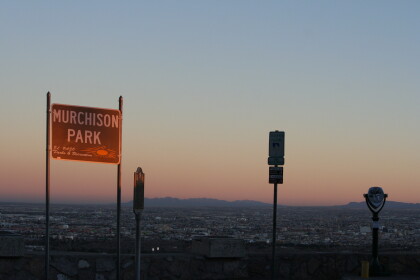
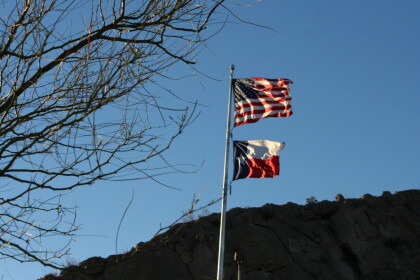
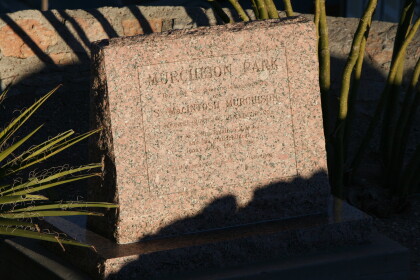
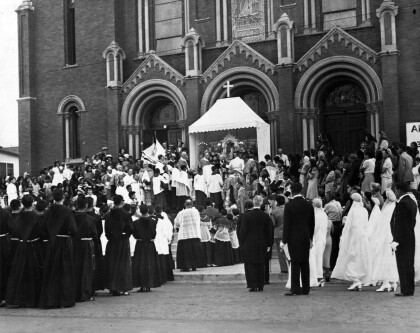

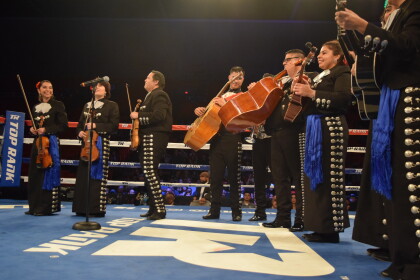





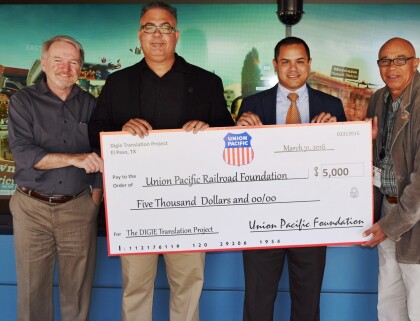


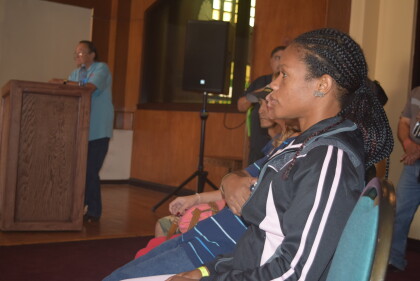

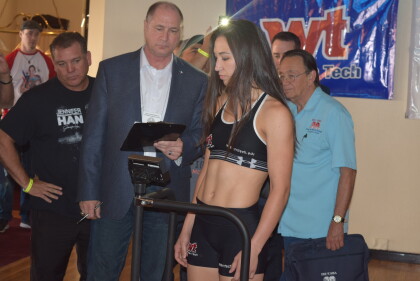
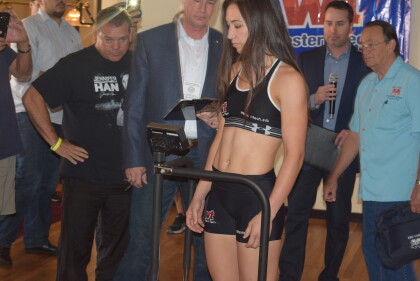

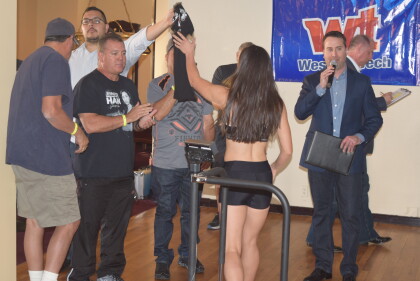



Comentarios
Hacer un comentario